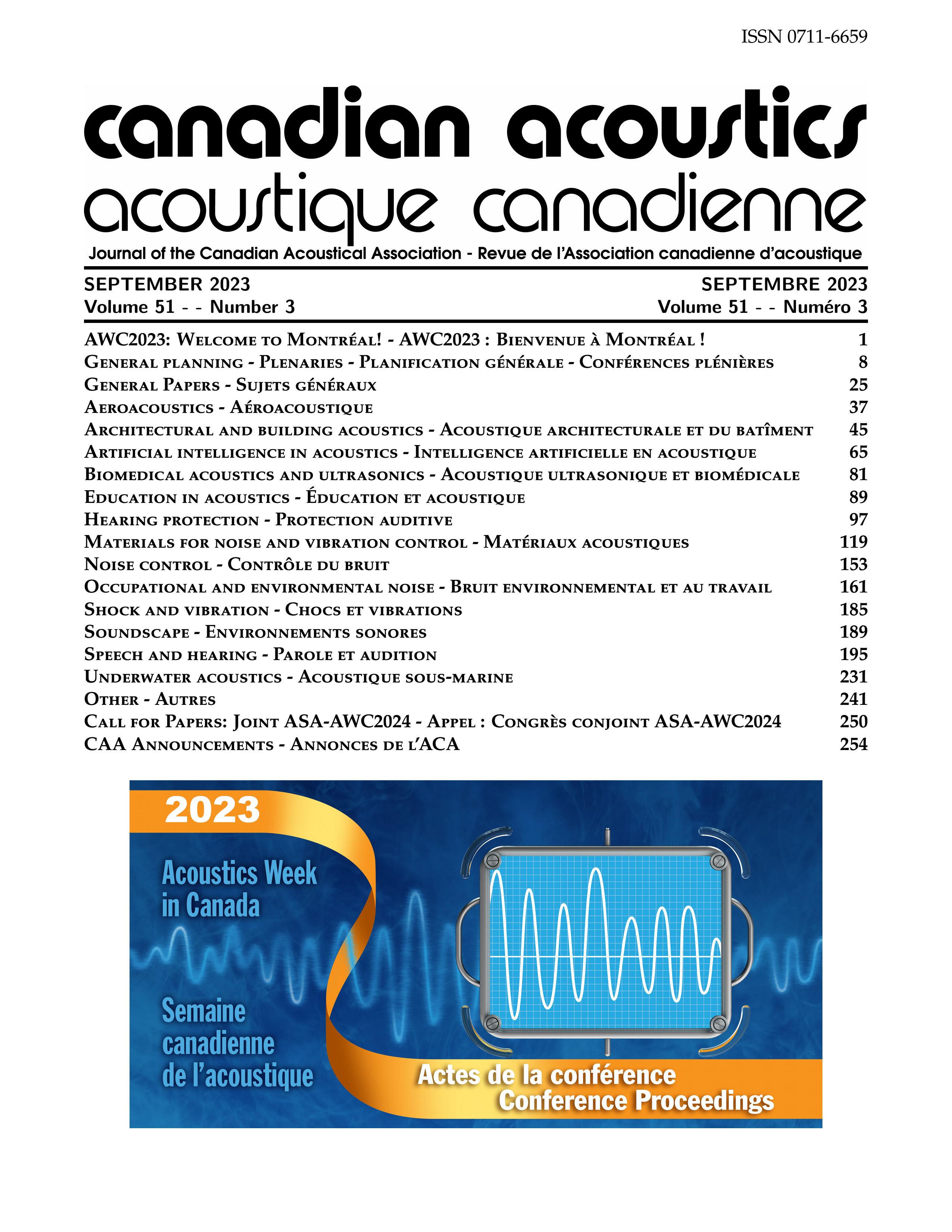Auralisation: A Valuable Consultation and Engagement Tool for Infrastructure Projects – Case Study of Airspace Change for a Regional Airport
Abstract
Since the late 1990s, Arup has developed and used auralisation capability to inform the design of some of the world’s best arts and culture venues. Through Arup SoundLabs around the world, clients, designers, major stakeholders and the general public have been able to take informed decisions by experiencing the acoustic implications of designs as they are developed. More recently, auralisation technology has been developed to simulate sound generation and propagation during planning and design for a broad range of infrastructure projects, such as High Speed 2 railway, A66 highway and Heathrow airspace change and expansion in UK; Texas Central High Speed railway and LADoT Advanced Air Mobility (AAM) policy in US; and a wind farm development in Tasmania. The aviation industry is currently introducing new disruptive technologies principally to improve its sustainability performance. The introduction of electric aircraft and delivery drones are likely to revolutionize regional airspace, creating new opportunities for regional airports. Although it is possible to achieve lower noise levels for these new vehicles compared to traditional light aircraft, the sound characteristics (for example tonality and high pitch due to electric motors) and their potential for higher traffic, could give rise to concerns about noise being more noticeable and disturbing to local communities than the current situation. This paper will present the auralisation methodology, successfully applied to a regional UK airport, to address public concerns and assist in the local authority planning process for an airport development masterplan. Through a series of sound demonstrations, members of the public and stakeholders could experience and judge for themselves, the impacts of the proposed airspace and infrastructure changes (such as new types of aircraft, modification of flight paths and increased air traffic).Additional Files
Published
How to Cite
Issue
Section
License
Author Licensing Addendum
This Licensing Addendum ("Addendum") is entered into between the undersigned Author(s) and Canadian Acoustics journal published by the Canadian Acoustical Association (hereinafter referred to as the "Publisher"). The Author(s) and the Publisher agree as follows:
-
Retained Rights: The Author(s) retain(s) the following rights:
- The right to reproduce, distribute, and publicly display the Work on the Author's personal website or the website of the Author's institution.
- The right to use the Work in the Author's teaching activities and presentations.
- The right to include the Work in a compilation for the Author's personal use, not for sale.
-
Grant of License: The Author(s) grant(s) to the Publisher a worldwide exclusive license to publish, reproduce, distribute, and display the Work in Canadian Acoustics and any other formats and media deemed appropriate by the Publisher.
-
Attribution: The Publisher agrees to include proper attribution to the Author(s) in all publications and reproductions of the Work.
-
No Conflict: This Addendum is intended to be in harmony with, and not in conflict with, the terms and conditions of the original agreement entered into between the Author(s) and the Publisher.
-
Copyright Clause: Copyright on articles is held by the Author(s). The corresponding Author has the right to grant on behalf of all Authors and does grant on behalf of all Authors, a worldwide exclusive license to the Publisher and its licensees in perpetuity, in all forms, formats, and media (whether known now or created in the future), including but not limited to the rights to publish, reproduce, distribute, display, store, translate, create adaptations, reprints, include within collections, and create summaries, extracts, and/or abstracts of the Contribution.


